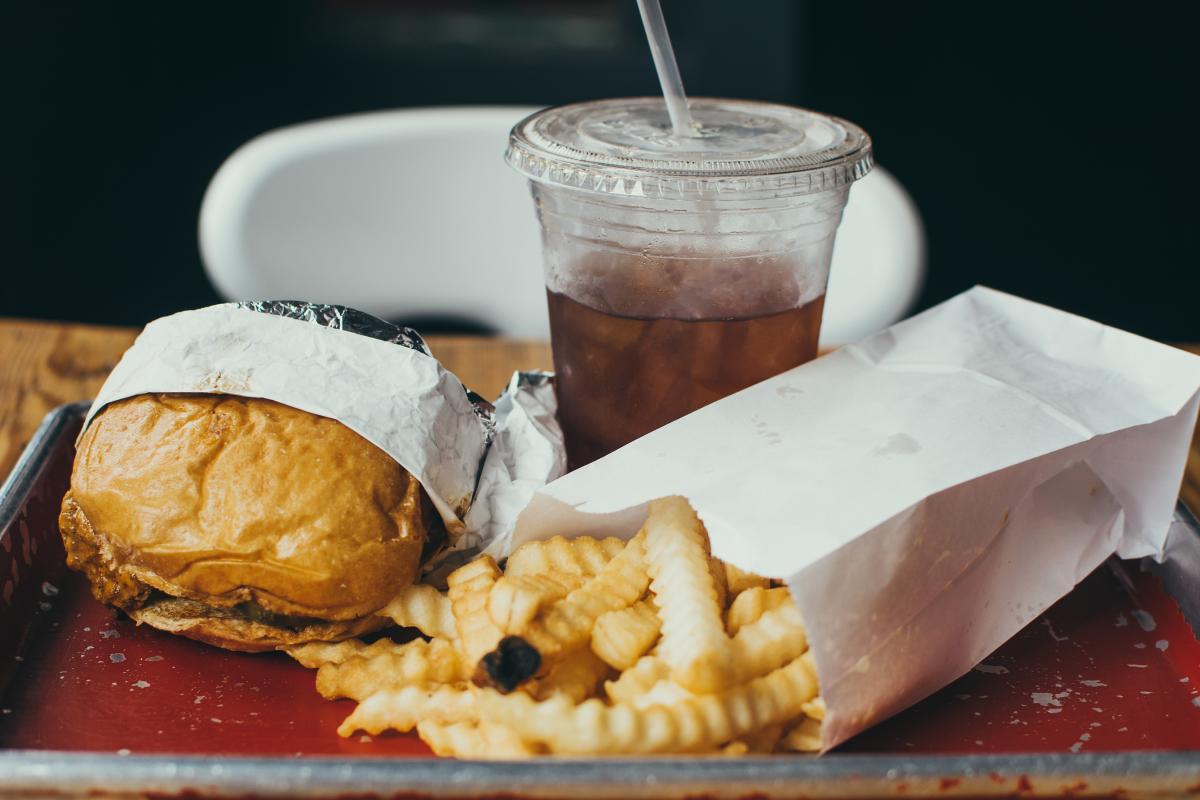The current government is clear in its intention to reduce obesity. However, its chosen strategies have met with criticism. How can the private sector - brands and national leaders - do a better job of helping people to eat more healthily and be more active?
Here we draw on the strongest and latest findings based on lessons from behavioural science practitioners to show that simple changes in choice architecture and our surroundings can have surprisingly positive impacts and can make it easy to do both.
While the government is banning advertising of high fat, high sugar foods and introducing calorie labelling, scientists have found other initiatives to be much more effective. INSEAD researchers Romain Cadario and Pierre Chandon recently assessed the multitude of healthy eating nudges and found that calorie labelling had no impact at all, while changing plate and portion sizes decreased consumption by roughly 350 calories - the equivalent of nearly two large glasses of wine.
Brands are already getting on board. In July, Cadbury's announced it is shrinking the size of four of its chocolate bars sold in multipacks: Wispa Gold, Double Decker, Boost and Bournville Classic. The new size means the bars contain less than 200 calories. You might also have noticed that Green and Blacks have reduced the weight of their chocolate bars from 100g to 90g. A number of fish’n’chip shops in the North East of England joined forces in promoting smaller meals to their customers. Participating shops saw increased sales of smaller portion sizes, from 14.2% to 21.2% of meals sold.
This strategy, seen through a behavioural science lens, makes it easy for consumers to eat a little less. They don’t have to consciously choose to eat less; smaller portions are what is known in behavioural science as the new default. Moreover, “shoppers are more conscious of changes in prices than changes in weight” says Chandon.
Psychologists have also identified behavioural design strategies which prime consumers to be less aware of size changes. For example, people typically assume that a tall or thin item is higher volume than a short or wide item, due to a vertical-horizontal illusion. According to Professor Charles Spence, an experimental psychologist at the University of Oxford, the illusion is due to the brain overestimating vertical distances and underestimating horizontal ones. As a result, people - even expert bartenders - pour more liquid into a short wide glass than they do into a tall, thin glass! This means that tall, thin packaging or similar kinds of visual illusions could help consumers still feel satisfied with a product, drink or meal.
Getting people to eat or drink less is one part of the behavioural change equation; getting them to be less sedentary and more physically active is also important.
A study published in March 2020 tracked nearly 5000 Americans for 10 years and found that it was the number of daily steps rather than the intensity of exercise which had the most impact on reducing mortality. So strategies which make it easy to spend some of our day moving more can be the most effective, rather than more drastic (and often daunting) running or gym programs.
Behavioural science really comes into its own for developing effective strategies to help people move more. One behaviour-based strategy - ‘Making a plan’ - has consistently been found to have significant, positive effects on behaviour. Also known as implementation intentions, it is a type of action planning; specifying when, where and how someone is going to do a behaviour, or work towards a goal makes that person more likely to do it. A simple example might be asking someone to think about and complete the sentence: “Each day this week, I will do [EXERCISE X] for at least 20 minutes at [TIME OF DAY] at [PLACE]”. For even stronger impacts it is also often paired with ‘coping planning’ - asking people to think and plan how they will manage any setbacks or barriers.
A recent review of 308 behaviour change interventions across 100 studies looked at the impact of various interventions from a range of 10 different concepts based on behavioural science. Whilst default based concepts had the largest impact (50%), implementation intentions weren’t far behind (39%). In a review of 39 types of behaviour change interventions to increase physical activity, implementation intentions had the strongest effect on physical activity levels. It is also one of the intervention types recommended by NICE to increase physical activity.
Behavioural Science will not solve the problem overnight, but the government might find starting with behaviour is a much more effective battle ground than traffic light labelling or posters on the side of a bus.
Romain Cadario, Pierre Chandon. Which Healthy Eating Nudges Work Best? A Meta-Analysis of Field Experiments. Marketing Science, 2019 DOI: 10.1287/mksc.2018.1128
https://www.nhs.uk/news/obesity/could-smaller-portion-sizes-your-local-chippy-help-combat-obesity/
https://www.bbc.com/worklife/article/20180510-the-food-you-buy-really-is-shrinking
Saint-Maurice PF, Troiano RP, Bassett DR, et al. Association of Daily Step Count and Step Intensity With Mortality Among US Adults. JAMA. 2020;323(12):1151–1160. doi:10.1001/jama.2020.1382; https://www.health.harvard.edu/staying-healthy/total-daily-steps-not-step-intensity-offer-more-benefits
https://www.wired.co.uk/article/standing-desk-benefits
Hummell and Maedche, ‘How effective is nudging? A quantitative review’ 2019
Williams, S.L., and French, D.P. “What are the most effective intervention techniques for changing physical activity self-efficacy and physical activity behaviour—and are they the same?” Health Education Research, Vol.26 no.2 2011 Pages 308–322.
NICE guidelines: Behaviour Change – individual approaches [PH49], January 2014



